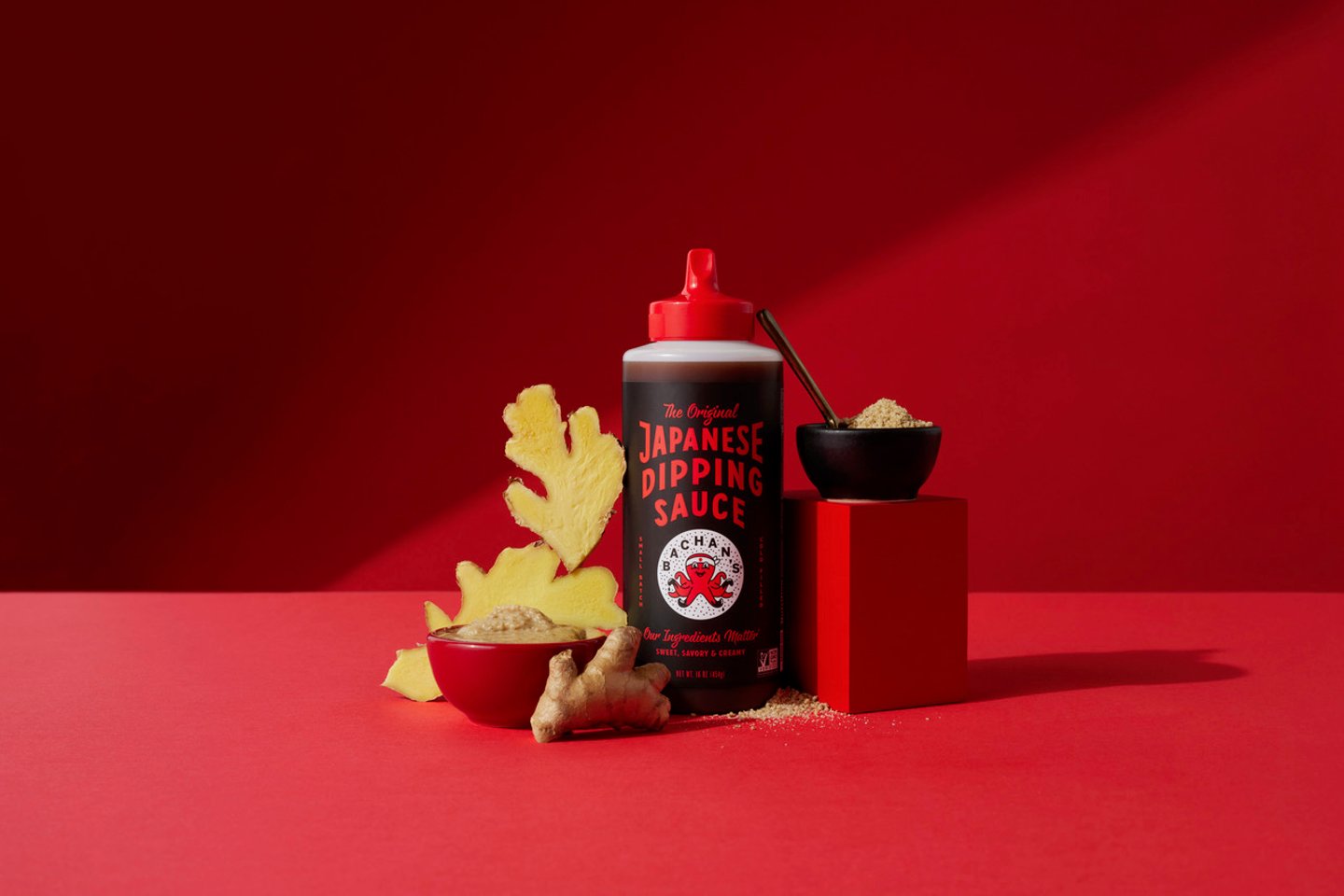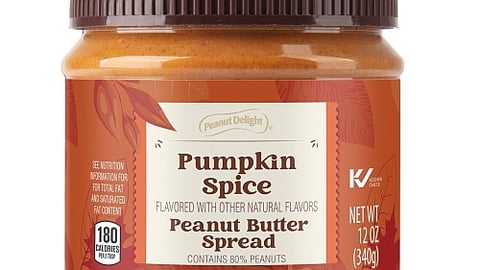The Versatility of Dips, Sauces and Spreads
Wasting food wastes money, particularly in a market in which food prices have increased almost 26% since November 2020, according to statistics from the U.S. Labor Department’s Bureau of Labor. This has boosted the popularity of dips, sauces and spreads with versatile use cases, so that when the party is over, a dip that pairs well with crackers might be just as tasty the next day with fried eggs or on a sandwich.
At the same time, shoppers still want products that are natural, organic and/or have clean ingredients. They also crave Asian flavors, hot and spicy formulations, and plant-based foods. Items for people on special diets are also making inroads.
“Consumers benefit from the versatility of these type [of] products, which they can serve for both snacking occasions and to elevate a main dish,” says Robert Johnson, perishable grocery program and category manager at Portland, Ore.-based New Seasons Market. “Think sweet mini peppers dipped into a cream harissa hummus, or using Truff jalapeño lime hot sauce to add a refreshing kick to eggs.”
Foods with healthy characteristics have been popular for some time, but social media influencers and online recipes are making shoppers more aware of sauces, spreads and dips with these attributes. “Many brands are focusing on plant-based alternatives, organic certifications and allergen-free options, making products more inclusive to different dietary needs,” adds Johnson. “TikTok-inspired recipes or viral flavor profiles, like spicy or umami-rich sauces, drive awareness to these categories, which typically aren’t the main show.”
Multipurpose Avocados and More
One versatile food is the avocado, gracing everything from dips and spreads to salads, burritos and sandwiches. Made with just four ingredients (Hass avocados, black pepper, sea salt and lemon juice), Good Foods Group’s Avocado Mash spread works well for snacking, meal prep and school lunches, according to Shannon Maher, chief growth officer at the Pleasant Prairie, Wis.-based company: “People may use it as a dip when friends are over or as a pre-made ingredient for their favorite recipe. Value and versatility are important.”
At Bonne Maman, an Andros brand, versatility drives growth, as exemplified by its August launch of hazelnut chocolate and peanut chocolate spreads. “Expanding use occasions has been instrumental in capturing market share,” notes a company spokesperson. “Consumers can elevate their go-to snacks at breakfast time, as recipe ingredients, as toppings, or enjoy the spreads stand-alone. Fifty percent of consumers we queried eat spread from the jar.”
[RELATED: Consumers Opt for Private Label Snacks to Offset National-Brand Prices]
The non-GMO spreads contain no artificial ingredients and have a creamy texture sans product separation or palm oil. “They meet consumers’ ongoing need for label transparency and premiumness while offering better taste and healthier ingredients,” adds the spokesperson.
At Castello Cheese, an Arla brand, Kaitlin Sautner, senior commercialization manager, labels the versatility trend “value added.” The brand’s Cracked Pepper Dip can be “used as a spread or sauce for cooked noodles, [and] in hot or cold applications,” she notes. “Consumers are money conscious. ... People want more bang for their buck.”
The whipped, airy dips — which also include Garlic & Herb and Paprika & Chili — are made with natural ingredients and contain no stabilizers, artificial ingredients or preservatives. They are produced with buttermilk, a natural stabilizer that “gives them a long shelf life,” explains Sautner.
Plant-based foods don’t just appeal to vegetarians; they’re also being embraced by omnivores wanting to consume less meat. “Brands are adjusting to the rise of ‘flexitarians,’ asserts Maher. “People want more plants in their diet but aren’t vegans. We’re adjusting our portfolio to fit flexitarian eating habits with dairy- and produce-forward products with and without protein.”
Hot, Spicy and Asian
Over the decades, the American palate has grown hotter and spicier as people embrace ethnic cuisines and new ingredients. “Spice levels are going up,” affirms Chef Suhan Lee at Get Saucy, which provides options for those on restricted diets. “People are ready to have more fun with food but expect more from it.”
At Pelham, N.Y.-based DeCicco & Sons, Joseph DeCicco Jr., partner and head of purchasing, identifies Truff’s hot sauces as trending. Huntington Beach, Calif.-based Truff offers Truffle Hot Sauce and Green Hot Sauce and will soon launch a “straight” buffalo sauce. “These are all spins on classic preparations. They can be used on eggs, sandwiches and pizza,” says DeCicco. “People are subbing out classic condiments like ketchup and mayonnaise with new, modern takes.” He also cites the ongoing popularity of hot honey sauce.
Hot honey is also important in dips. Cedar Mediterranean Foods debuted Topped Organic Hot Honey Hummus last spring, aligning with “the growing popularity of spicy cuisine and ‘swicy’ trends,” according to Aimee Tsakirellis, Cedar’s EVP of marketing. The hummus combines the sweet notes of honey with the spicy taste of chili, making the product “the perfect balance of sweet and savory with a slight kick,” she adds. “It offers a unique flavor palate not often seen in hummus.”
[RELATED: Whole Foods Market Identifies 10 Trends Worth Watching]
In May 2024, Haverhill, Mass.-based Cedar launched three feta dips with bold ingredients: Spicy Red Pepper, Kalamata Olive, and Garlic & Chive. The non-GMO dips are organic, natural and clean label.
Additionally, Asian flavors are continuing their momentum, “including sauces, anything ramen-related and anything that goes with it,” says DeCicco. “I think social media is driving it.” At DeCicco’s, the trend is heavily influencing barbecue sauce options, with both Kinder’s (Japanese) and Bon Chon’s (Korean) products being popular.
Kinder’s Japanese BBQ Cooking Sauce & Glaze is a savory blend of soy sauce, ginger and garlic, sans gluten or high-fructose corn syrup. The brand recently relaunched its sauce line in user-friendly plastic squeeze bottles, observes DeCicco. Plastic bottles are easier to use and lighter than glass. “They’re awesome sellers,” he adds.
In August, Bachan’s Japanese Dipping Sauce introduced a clean-label vegan product made with traditional Japanese ingredients, including neri goma (stone-ground sesame paste), suri goma (crushed sesame seeds), white miso and real ginger, “which instantly brings umami-filled flavor to any dish,” says Justin Gill, founder and CEO of Sebastopol, Calif.-based Bachan’s. Most dipping sauces, he adds, are ketchup- or mayonnaise-based.
Gill notes that consumers “use our dipping sauces in various ways — on summer rolls and chicken tenders; on fries, burgers and hot dogs; and as a marinade for cucumber salad and much more.”
Flavor for All
For its part, Get Saucy is targeting special diets with sauces and seasonings for people with autoimmune diseases and food allergies. Lee, whose partner has Crohn’s disease, explains that people living with this condition must avoid foods like seed oils, tree spices, tomatoes and other products, making their diet “very bland … but they want flavor.”
Get Saucy addresses the flavor challenge with specific ingredients. Its new tomato-free marinara, for example, contains beets, carrots and butternut squash. “Nothing odd,” notes Lee. There are also a tikka masala and a barbecue sauce. “Some ingredients may not be familiar,” he admits. “They’re there for nutritional and functional reasons and are described on our website.” The line will eventually contain about a half-dozen SKUs.
Flavors were chosen due to their broad appeal and user versatility. In addition to people with dietary restrictions, research uncovered interest from those concerned with fitness and health, says Lee. The foods’ clean-label ingredients come from small, organic farms.













